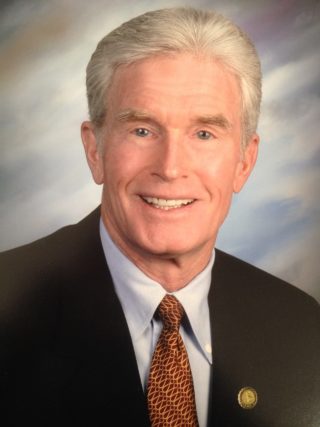HOME | ABOUT US | MEDIA KIT | CONTACT US | INQUIRE
HOME | ABOUT US | MEDIA KIT | CONTACT US | INQUIRE
There have been many economic factors contributing to our present extraordinary expansion. In the last several days of Wall Street reporting on financial indicators, one stands out as a dramatic example: March Retail Sales. The first signs of a spending wave were also previously evident from retail sales reports. March provided the third spending surge in a year, each following a month or two after a round of fiscal stimulus. COVID-19 vaccinations probably also aided this spending surge, hopefully opening the door to an ongoing, more self-sustaining recovery.

On a percentage basis last June’s 18.3% retail sales rise will retire undefeated unless there is another nationwide shutdown. That said, the 9.8% increase this March was even more impressive because it came from a much higher base. Only two retail sales categories recovered even halfway back to pre-pandemic levels last June, grocery store sales and non-store (including internet) sales. In contrast, most categories were at records in January before slipping in February and roaring to new highs in March. After the March surge, retail sales were 17.1% higher than February 2020 and 50.0% above their April 2020 low.
America can again get dressed up and finally have someplace to go. Two of the previous biggest losers — apparel stores and eating and drinking businesses — broke from weak seven-month trends in March. This message was clearly backed up by the Beige Book, which, for the first time in a year, found most businesses in most districts anticipating a post-COVID recovery not just someday, but someday soon.
More restaurants are reopening. Resorts in New England and on the Jersey shore are staffing for the summer. The Boston Fed expects record hotel and vacation rentals this summer, based on current bookings. Even in New York, hotels permanently closed last spring are reopening. New York City bookings are still low, and hotel rooms still cheap, but activity is picking up (despite ongoing political turmoil).
In the South tourism isn’t just anticipated, it is already happening. The Richmond Fed reported strong vacation rentals, busy beach towns, and strong restaurant sales. The Atlanta Fed district, which includes Georgia and Florida, reported a tourist boom. Many hotels have reopened and report 80-90% occupancy. The Dallas Fed reported “very strong activity” at restaurants and hotels. Airlines reported strong ticket sales, despite few business travelers. People are flying to Texas (and other open states) for vacations.
In the Midwest Cleveland reported a modest rise in business travel, with more expected in the future. Chicago noted strong restaurant growth, as well as a pickup in air travel and hotel business. The St. Louis district and Memphis reported stronger tourism thanks to a combination of warmer weather and rising vaccination rates. The San Francisco (Fed) district reported modest improvements in travel and leisure, but activity remains well below pre-pandemic levels there (thanks to that governor). California, Arizona, Oregon, and Hawaii, all in the twelfth district, still have some of the toughest pandemic restrictions anywhere in the country. Given California’s importance to the economy, when it fully reopens and travel and leisure recover there, the whole country could get another boost.
Stimulus fueled the March retail bounce, meaning some of the fizz could fade in coming months unless government checks keep coming. But, unlike previous experience with pandemic aid, the overall economy could grow into this upward trend as vaccines finally open the door to a return to full employment and consistent spending. What that could mean, in GDP terms, is stronger growth in 2021 (even more than in 2019).
However, what will the inflation penalties be for significant government hand-outs and record high deficit spending? When will the value of America’s dollar reflect our government’s seemingly non-stop printing of money?